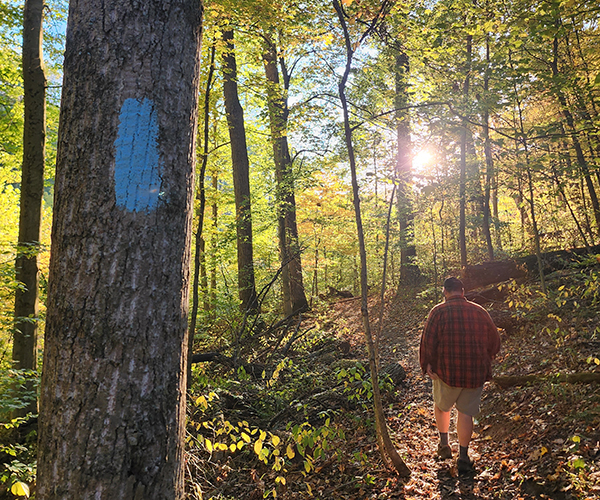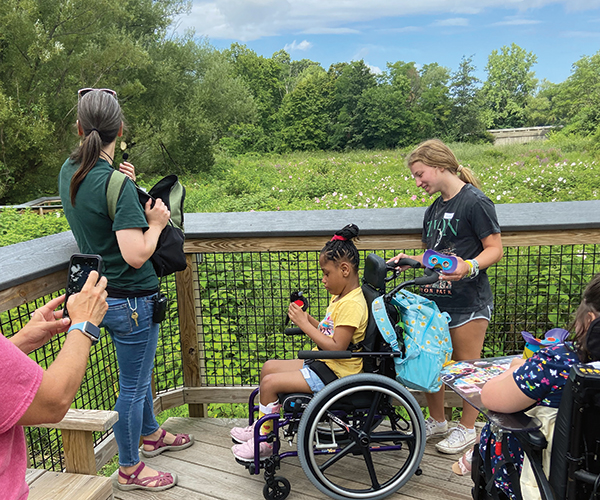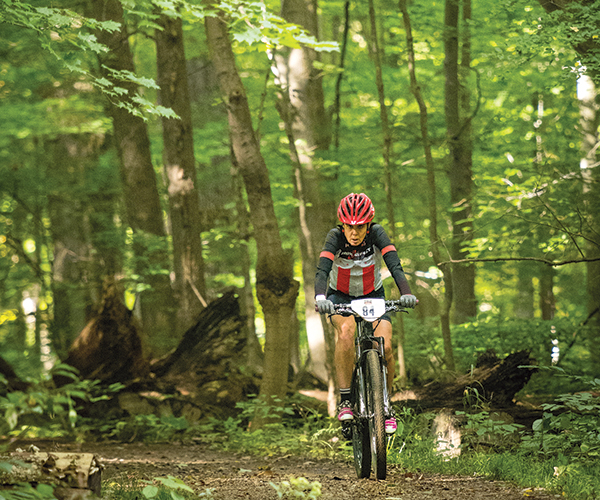I love St. Louis. The centuries-old, culturally-rich, make-your-fortune-here feel of it attracts me. The old girl's come a long way since her humble trading-post beginnings in 1763; she's been a major shipping port, an immigration destination and a beer-brewing mecca — even today she's evolving. And that's why I keep returning, for that spirit of the old days, kept alive with a twist of today.
At the Pin-Up Bowl, my husband and I roll rental balls down one of the old-school wooden lanes while hoisting a couple of Schlafly beers, made right here in town. We've already checked into the Moonrise Hotel next door, about 15 minutes west of downtown. It's sleek and new, but classed up with old film star memorabilia. Our "Shelley Winters" suite features photographs from her sexy starlet days.
Later, we stroll this area along Delmar Boulevard, known as The Loop, soaking in the retro clothing, record and artsy furniture stores, plus live music pouring out of corner bars. A couple of blocks away, the quiet, curvy streets of the 1905-planned Parkview community offer respite, with trees towering over restful shade gardens and lovely Colonial Revival homes. A little farther out is Washington University's Francis Field, the site of the first U.S. Olympic Games in 1904.
But for us, another sort of turf beckons — that of the Missouri Botanical Garden. Henry Shaw bought this land in 1840 to build a series of beautiful gardens surrounded by lovely homes. His country dwelling, Tower Grove House, still anchors the property. The 79 acres are magnificent. It's the oldest continuously operated botanical garden and widely considered one of the best in the world, not only for beauty, but also as a center for research and botanical education.
We prowl through the jungles of the geodesic-domed Climatron then cool off in the largest Japanese garden in the Western hemisphere. My favorite spot, though, is the Victorian garden, where a statue of Juno, by Carlo Nicoli, purchased by Shaw in 1885, looks out over a dense, multi-hued, flowery carpet.
The brick streets of Soulard are colorful, too, and the next day we explore them, feeling like we've stumbled into the past. It's no wonder; this neighborhood, just south of downtown along the Mississippi River, was first given to surveyor Antoine Soulard by the Spanish governor in the 1790s and has been inhabited since by French, German, Irish and Bohemians. The mix of historic Victorian homes and restaurants with laid-back courtyards reminds me of New Orleans. (Soulard, by the way, has the hottest Mardi Gras celebration around.) We venture into the Soulard Farmers Market, which dates to 1779, when farmers came to this spot to sell produce and livestock. Now, an enormous Renaissance-style building enables year-round sales of locally grown and shipped-in produce, meats, dairy products, flowers and more. We sample cheese, admire robust, still-dewy fruits and vegetables, and resist buying the cutest bunny I've ever seen.
I don't want to leave; there's much more to see: Anheuser-Busch brewery, the inside of the Arch, a Cardinals game at Busch Stadium. But I'll be back ... maybe you can meet me there.



